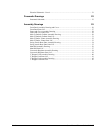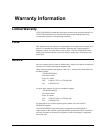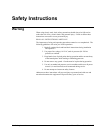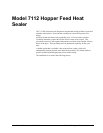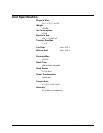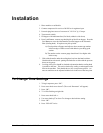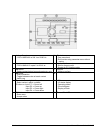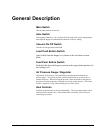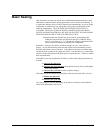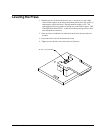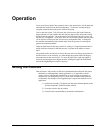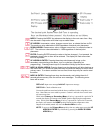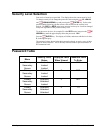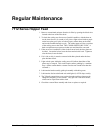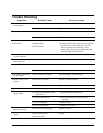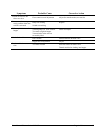
8 •
••
• General Description Users Manual Electro-Sealer 7112 HF
Basic Sealing
Heat, dwell time, and pressure are the basic fundamentals that determine the results
obtainable on a thermo-plastic sealing application, such as Electro-Seal labeling. It
is impossible with the variety of fabric materials and constructions, as well as design
of garments, to establish any one setting that will give the most desirable results
under all circumstances. ON THE BASIS OF EXTENSIVE SUCCESSFUL
LAUNDRY TESTS, ON AVERAGE WEIGHT GOODS INVOLVING BOTH
WOVEN AND KNIT MATERIALS, WE WOULD SUGGEST THE FOLLOWING
STARTING POINTS FOR A NEW ELECTRO-SEAL USER;
- Setting the plate heat at 400ºF has proven to be a good starting point.
Setting the electrode heat will depend on the type of adhesive being
used. A cycle time of 1 1/2 - 2 seconds for average weight fabrics and
labels has proven adequate for laundry proof attachment.
Remember…these are only basics, and these settings can vary. Seal a label to a
sample. As your Electro-Sealer times out and releases itself, immediately remove
the fabric and lift the corner of the label. If the adhesive has stuck to both the fabric
and the label, the sealing can be judged successful. If all the adhesive is on the fabric
and none on the label, decrease the plate heat or cut back the time. Adhesives tend to
flow toward the heat.
If the adhesive has not transferred to the fabric, you have three adjustments that can
be made:
A. Increase the plate heat
B. Decrease the electrode heat; thermoplastics tend to flow towards higher
heat when melting.
C. Increase the cycle time to allow complete melting.
If the adhesive has all transferred to the fabric with none left on the label, you may:
A. Reduce the plate heat
B. Decrease the cycle time
You must judge for yourself, depending on the fabric's sensitivity to heat and time,
which of the adjustments will be best.



